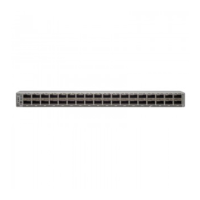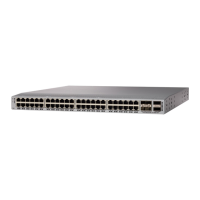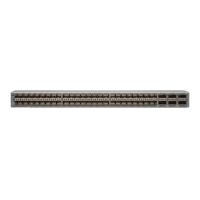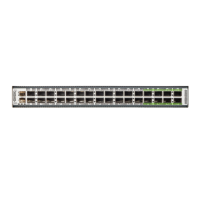•
Verify the end-to-end connectivity and the routing configuration.
•
After you have determined that your troubleshooting attempts have not resolved the problem, contact
Cisco TAC or your technical support representative.
This section describes the tools that are commonly used to troubleshoot problems within your network.
You should have an accurate topology of your network to isolate problem areas. Contact your network
architect for this information. Use the following commands to gather general information on your device:
Note
•
show module
•
show version
•
show running-config
•
show logging log
•
show interfaces brief
•
show vlan
•
show spanning-tree
•
show {ip | ipv6} routing
•
show processes | include ER
•
show accounting log
Verifying Ports
Answer the following questions to verify that your ports are connected correctly and are operational:
•
Are you using the correct media (copper, optical, fiber type)?
•
Is the media broken or damaged?
•
Is the port LED green on the module?
•
Is the interface operational?
See Troubleshooting Ports, on page 37 for more troubleshooting tips for ports.
Verifying Layer 2 Connectivity
Use the following commands to verify Layer 2 connectivity:
•
Use the show vlan all-ports command to verify that all the necessary interfaces are in the same VLAN.
The status should be active for the VLAN.
•
Use the show port-channel compatibility-parameters command to verify that all of the ports in a port
channel are configured the same for the speed, the duplex, and the trunk mode.
Cisco Nexus 9000 Series NX-OS Troubleshooting Guide, Release 7.x
4
Overview
Verifying Ports
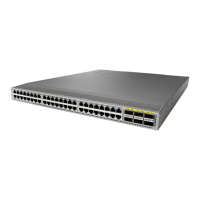
